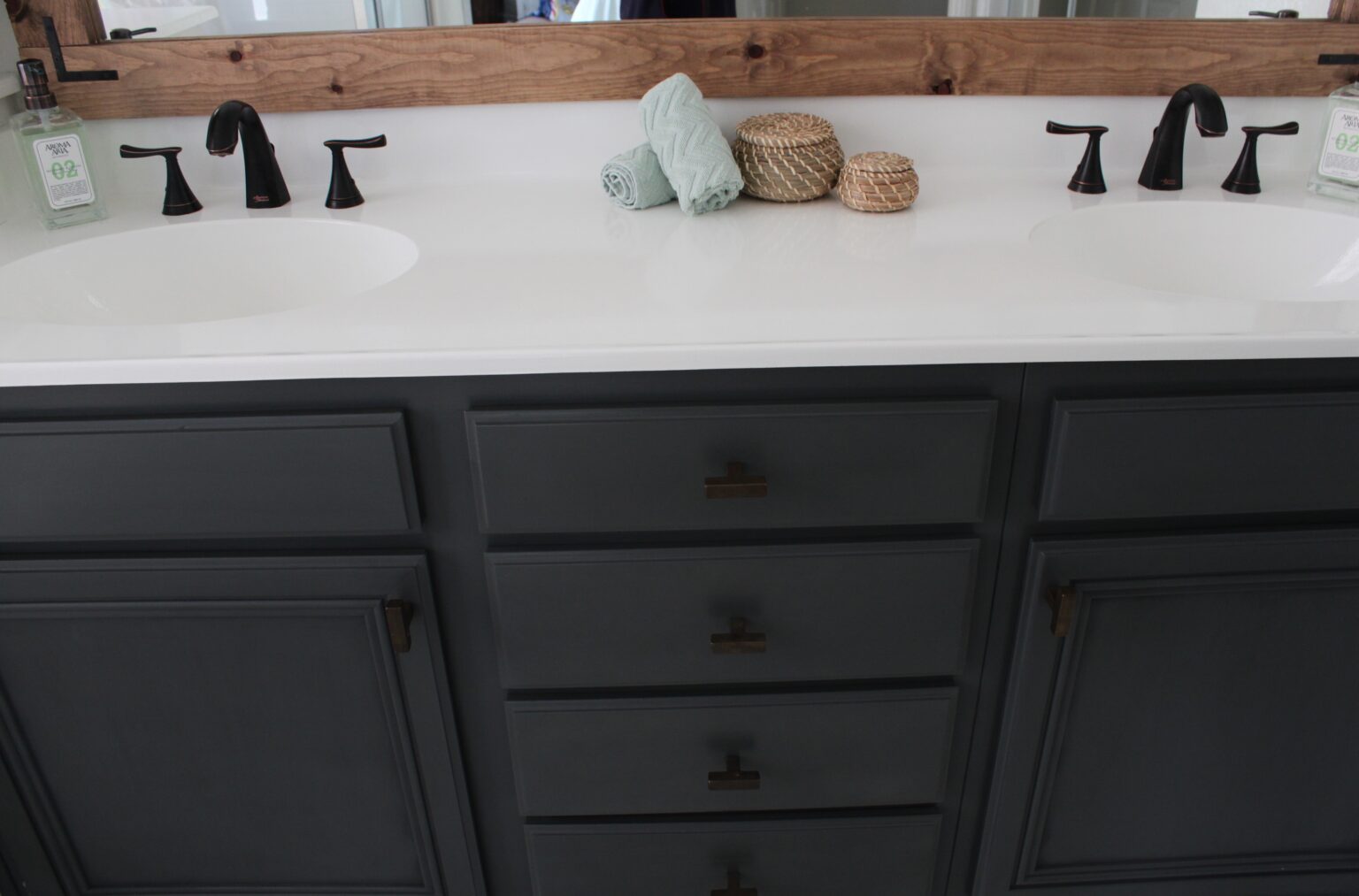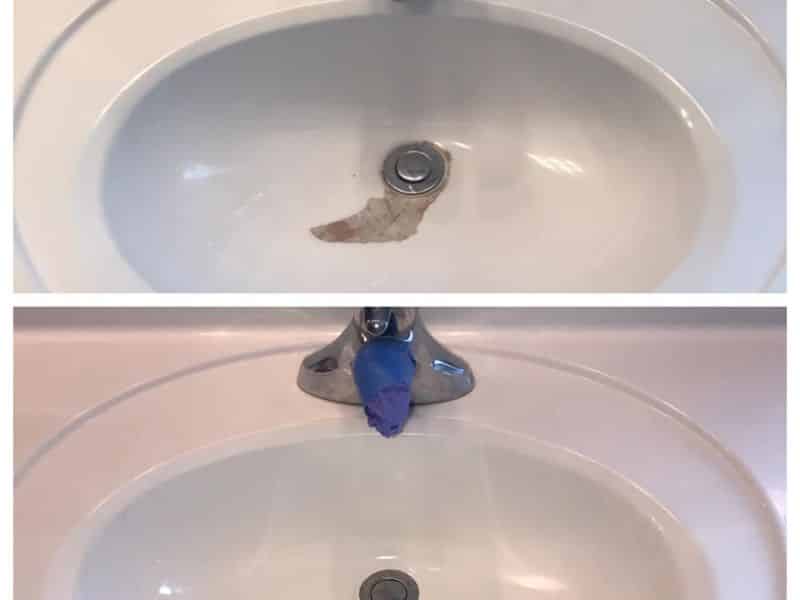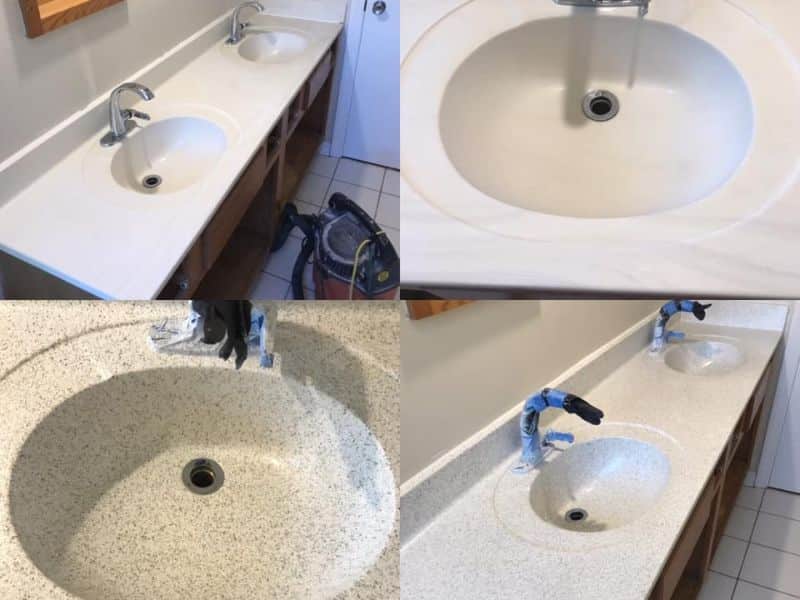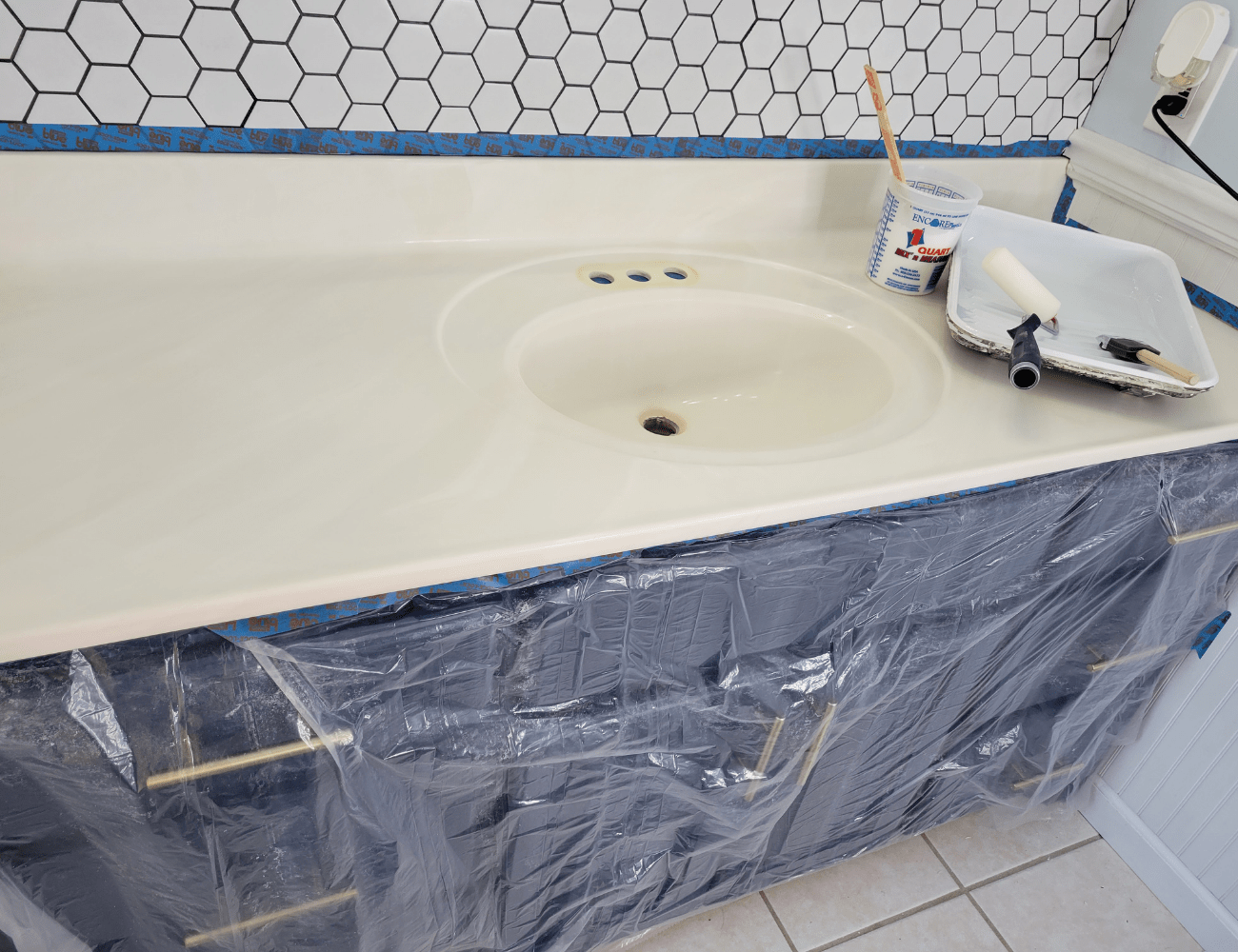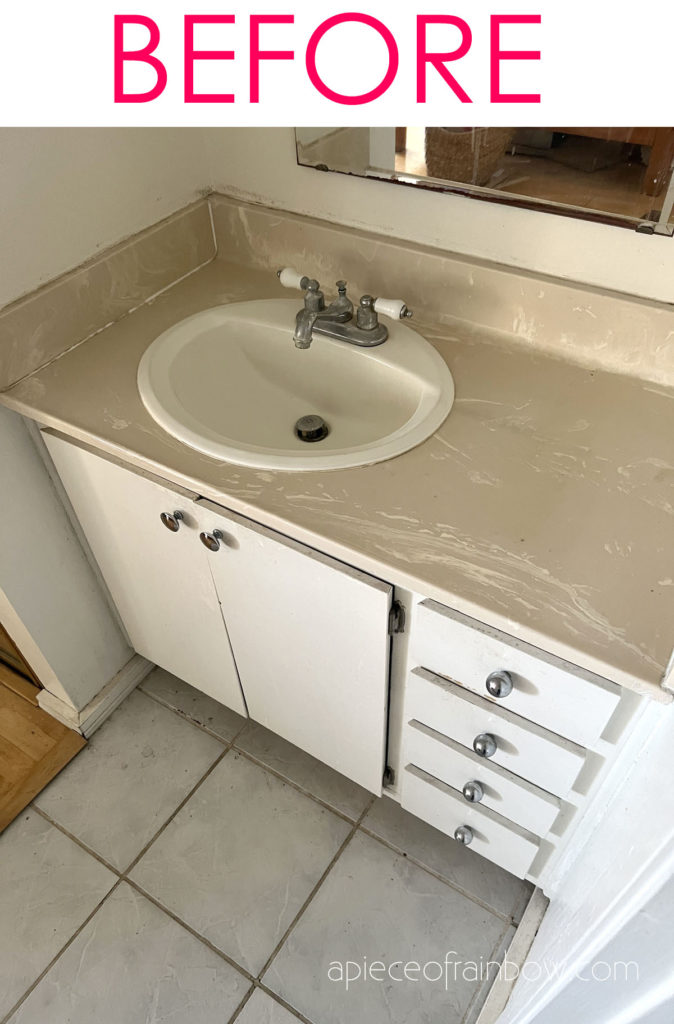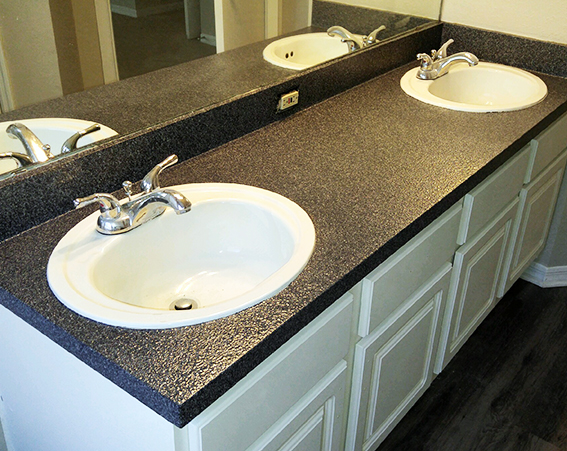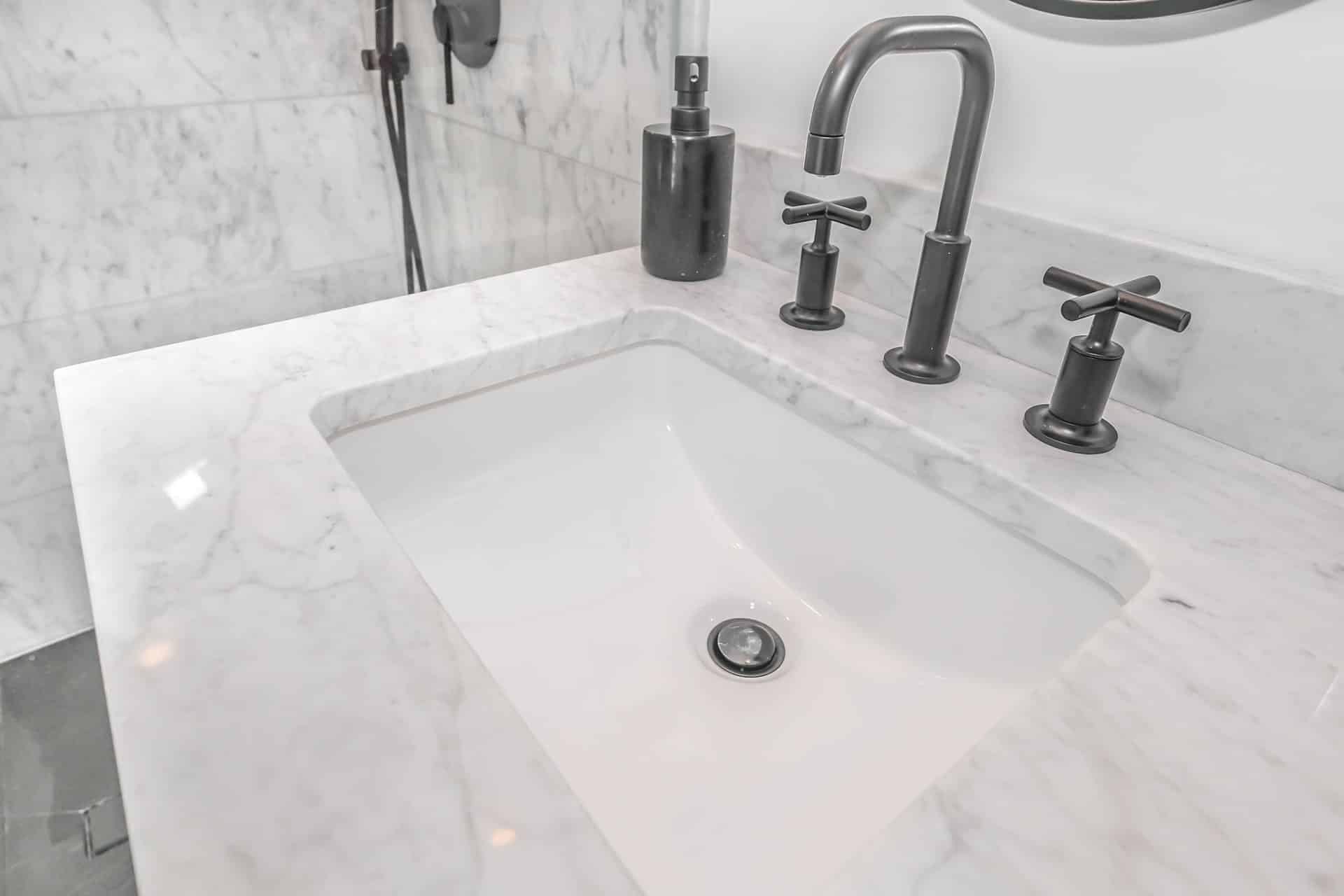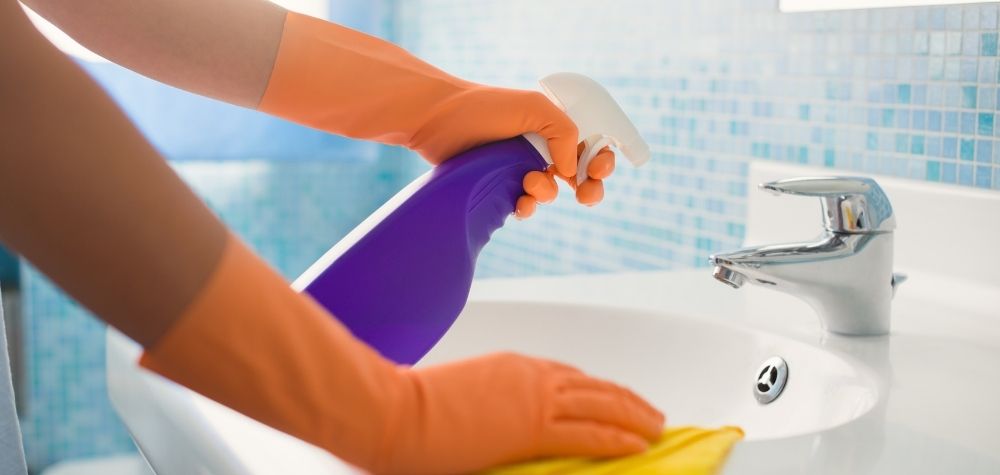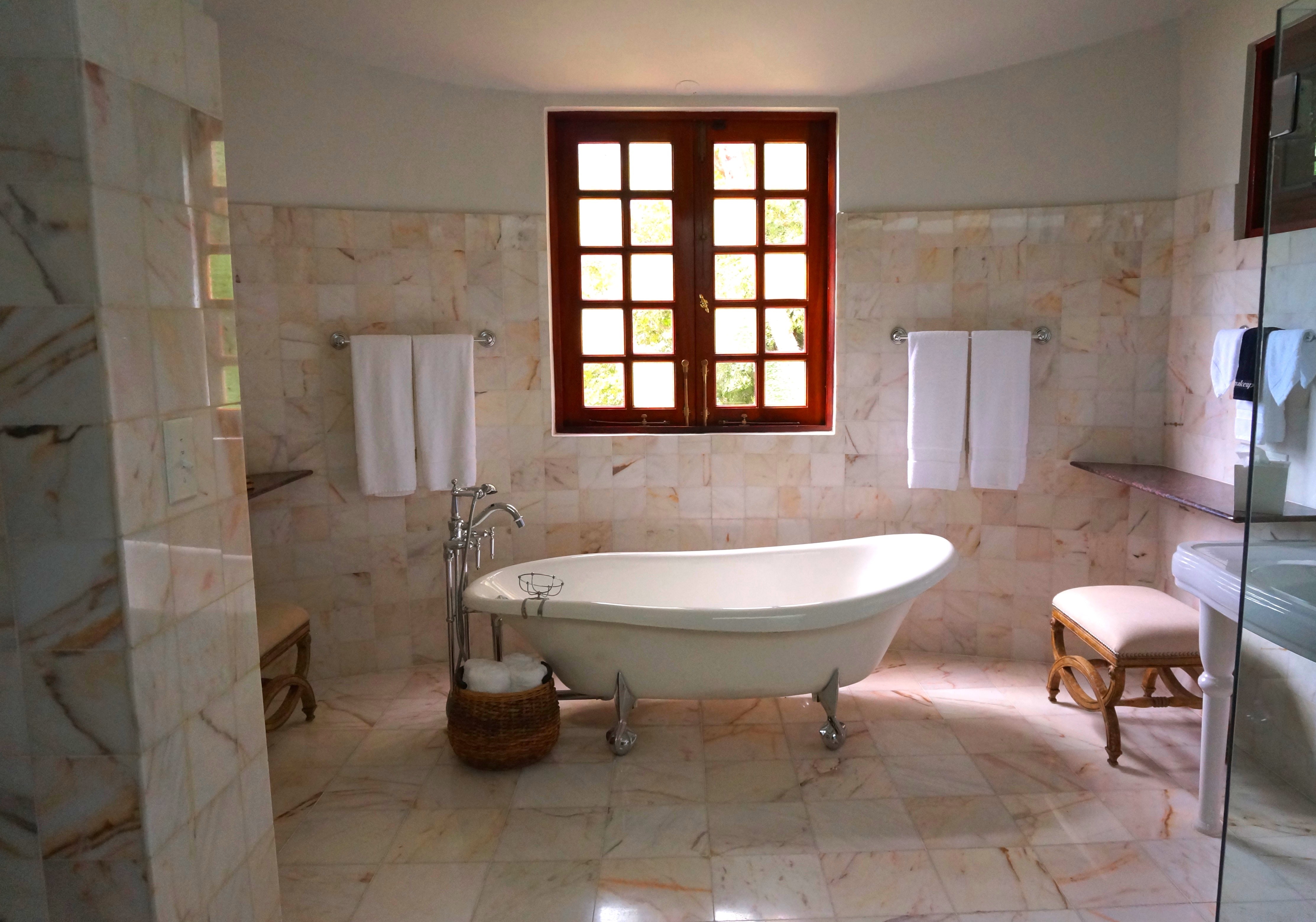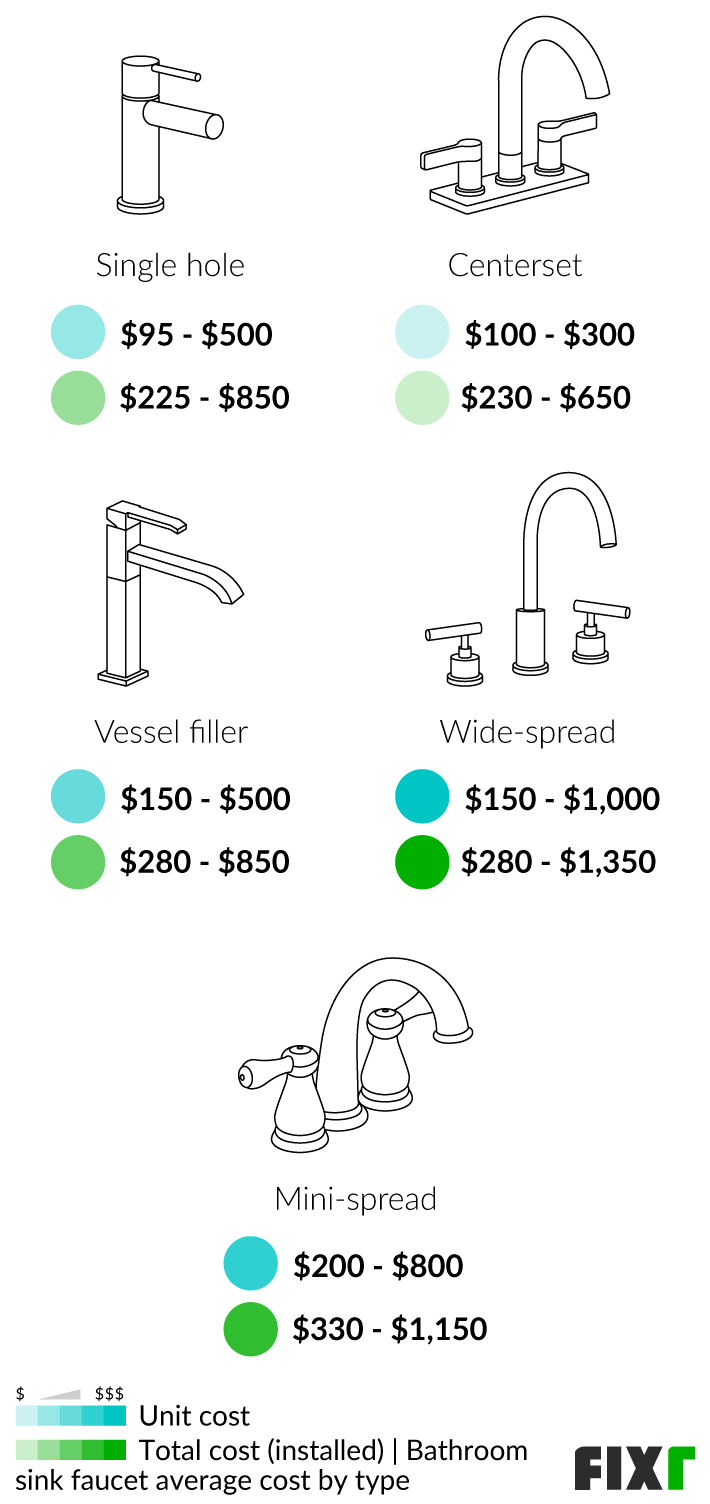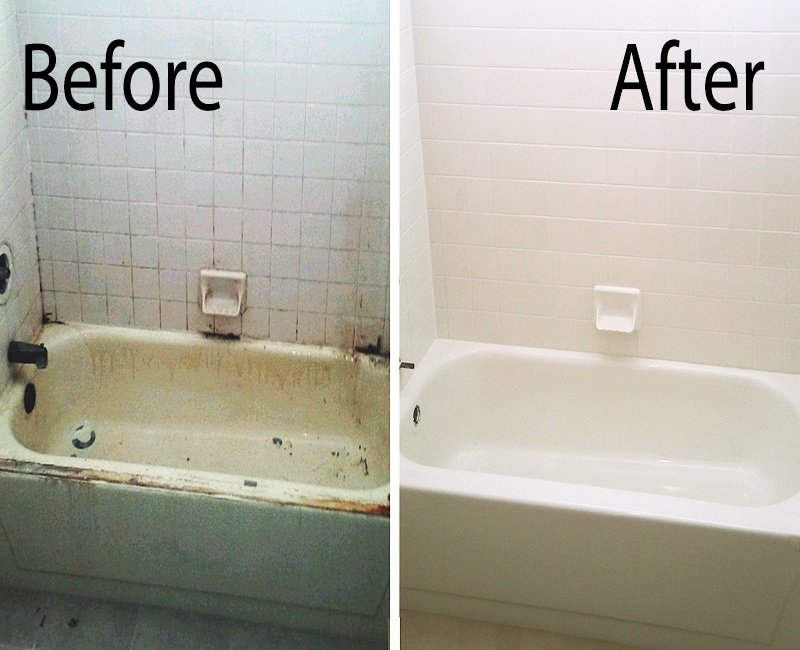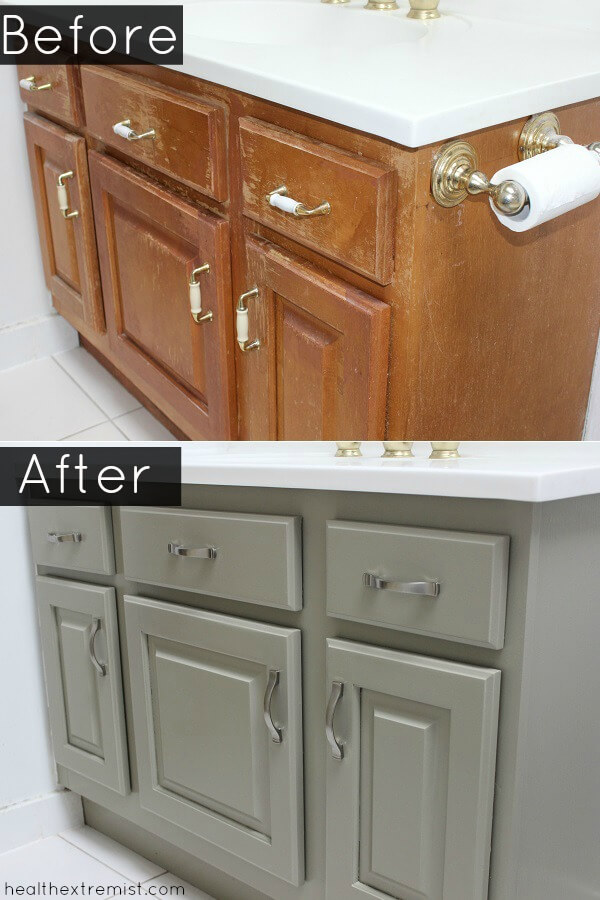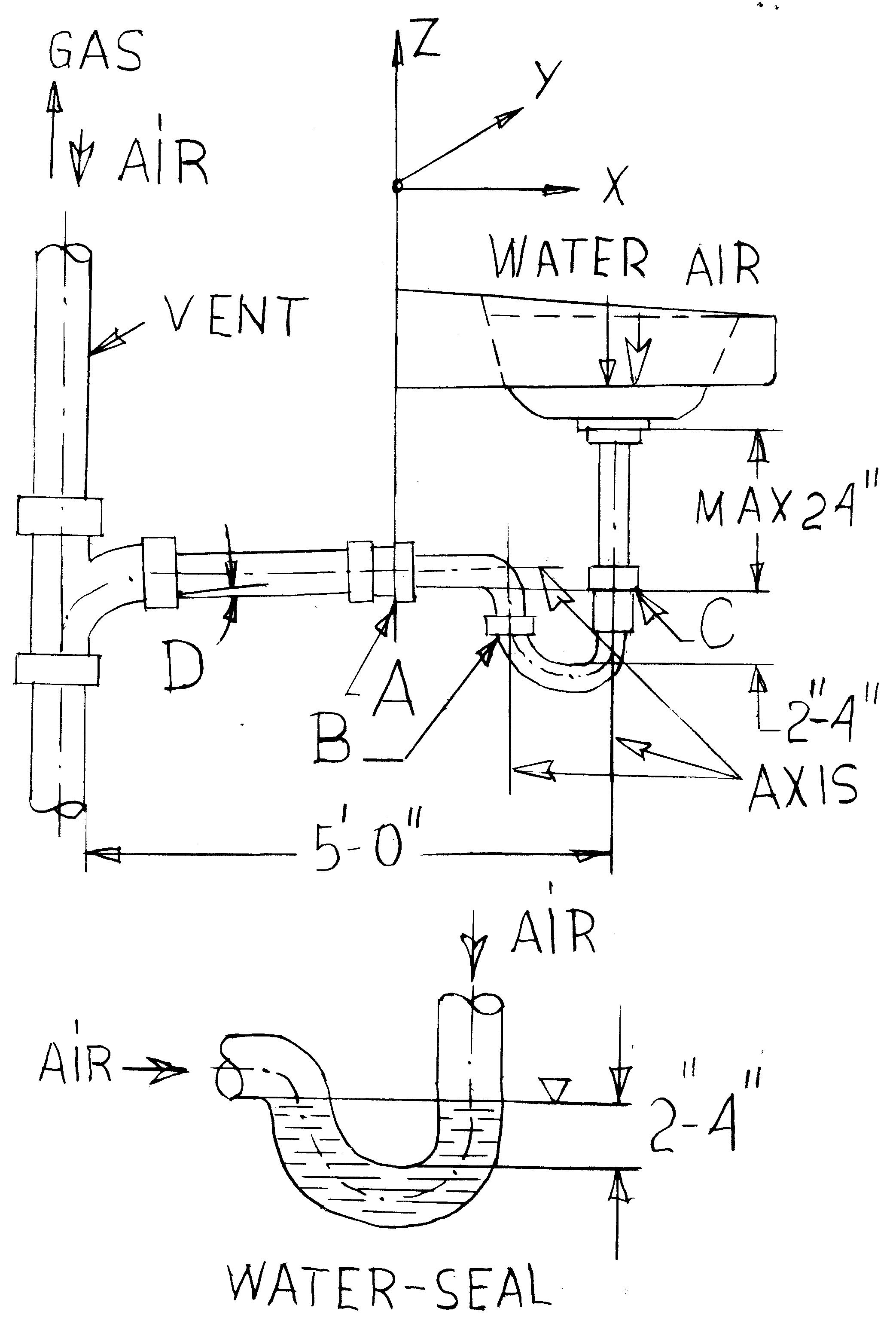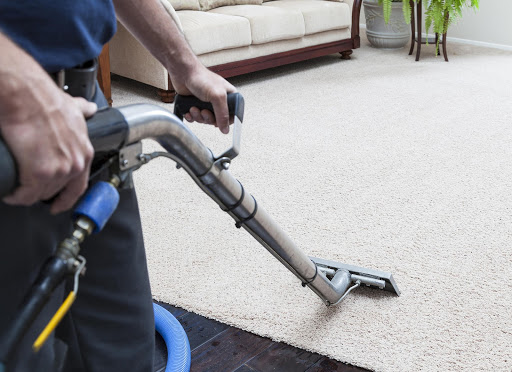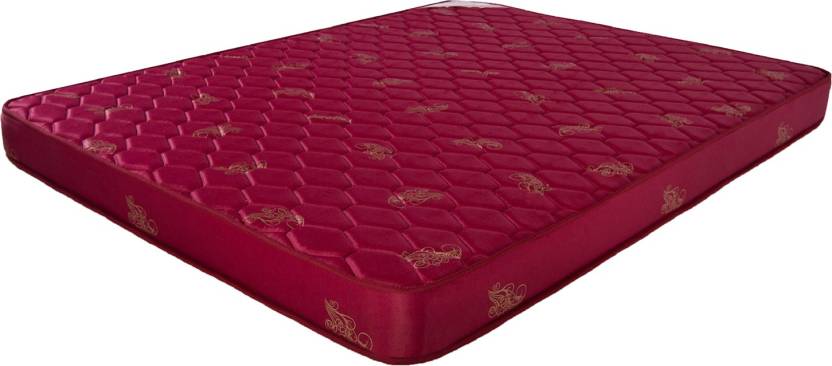Refinishing a Bathroom Sink Counter: A Step-by-Step Guide
Whether your bathroom sink counter is showing signs of wear and tear or you simply want to give it a fresh new look, refinishing it is a cost-effective and easy option. With just a few supplies and some elbow grease, you can transform your outdated bathroom sink counter into a beautiful and modern piece. Follow these steps to achieve a professional-looking refinishing job.
How to Refinish a Bathroom Sink Counter in 5 Easy Steps
Refinishing a bathroom sink counter may seem like a daunting task, but it can be broken down into five simple steps. First, clean the surface thoroughly and remove any old caulk. Next, sand down the surface to create a smooth and even base. Then, apply a primer to help the new finish adhere properly. After that, apply multiple coats of paint or a refinishing kit, following the instructions carefully. And finally, re-caulk the edges for a finished look.
DIY Bathroom Sink Counter Refinishing: Tips and Tricks
Refinishing your bathroom sink counter yourself can save you a significant amount of money, but it's important to know some tips and tricks to achieve the best results. One tip is to use a high-quality refinishing kit that includes all the necessary supplies and detailed instructions. Another is to properly prepare the surface by cleaning and sanding it. Additionally, it's important to work in a well-ventilated area and to take your time to ensure a smooth finish.
The Benefits of Refinishing Your Bathroom Sink Counter
Aside from being a cost-effective option, refinishing your bathroom sink counter has many other benefits. It allows you to update the look of your bathroom without the hassle and expense of a full renovation. It also extends the lifespan of your sink counter, saving you from having to replace it sooner. Additionally, refinishing can be done in just a few hours, making it a quick and easy way to give your bathroom a facelift.
Refinish or Replace? Making the Decision for Your Bathroom Sink Counter
When faced with a worn-out or outdated bathroom sink counter, the question of whether to refinish or replace it often arises. While a replacement may seem like the obvious choice, it can be expensive and time-consuming. Refinishing, on the other hand, is a more budget-friendly option that can still give you the desired result. Consider the condition and age of your sink counter, as well as your budget, when making this decision.
The Cost of Refinishing a Bathroom Sink Counter vs. Replacing It
One of the main factors that influence the decision between refinishing and replacing a bathroom sink counter is the cost. Generally, refinishing is a more affordable option, with the average cost being between $200-$500, depending on the size and condition of the counter. On the other hand, replacing a sink counter can cost upwards of $1000, not including the cost of installation. Therefore, if budget is a concern, refinishing may be the way to go.
Refinishing vs. Reglazing: What's the Difference for Bathroom Sink Counters?
When researching ways to update your bathroom sink counter, you may come across the terms "refinishing" and "reglazing." While they may sound similar, they are actually two different processes. Refinishing involves sanding down the surface and applying a new finish, while reglazing involves applying a new layer of glaze or enamel over the existing surface. Refinishing is generally a more durable and long-lasting option.
How to Choose the Right Refinishing Kit for Your Bathroom Sink Counter
With so many different refinishing kits available on the market, it can be overwhelming to choose the right one for your bathroom sink counter. When shopping for a kit, look for one that includes all the necessary supplies, such as a primer, paint or refinishing solution, and instructions. Consider the color and finish options as well, and read reviews to ensure you are getting a high-quality product.
Common Mistakes to Avoid When Refinishing a Bathroom Sink Counter
While refinishing a bathroom sink counter may seem like a straightforward process, there are some common mistakes that DIYers often make. One of these is not properly preparing the surface, which can result in a bumpy or uneven finish. Another mistake is not following the instructions carefully, which can lead to a less durable finish. It's also important to avoid rushing through the process and to give each coat of paint or refinishing solution enough time to dry.
Professional vs. DIY: Which Option is Best for Refinishing Your Bathroom Sink Counter?
If you're not confident in your DIY skills or simply don't have the time to take on a refinishing project, hiring a professional may be the best option for you. A professional refinishing service will have the experience and proper tools to achieve a flawless finish. However, if you have some DIY experience and are willing to put in the time and effort, refinishing your bathroom sink counter yourself can save you money and give you a sense of accomplishment.
Why Refinishing Your Bathroom Sink Counter is the Perfect House Design Upgrade

Efficient and Cost-Effective
 When it comes to house design upgrades, the bathroom is often overlooked. However, giving your bathroom a makeover can greatly enhance the overall look and feel of your home. One of the most impactful changes you can make is to
refinish your bathroom sink counter
. This process involves repairing any scratches or chips, sanding down the surface, and applying a new coat of paint or finish. Not only is this process
cost-effective
, but it is also
efficient
as it can be completed in just a few hours.
When it comes to house design upgrades, the bathroom is often overlooked. However, giving your bathroom a makeover can greatly enhance the overall look and feel of your home. One of the most impactful changes you can make is to
refinish your bathroom sink counter
. This process involves repairing any scratches or chips, sanding down the surface, and applying a new coat of paint or finish. Not only is this process
cost-effective
, but it is also
efficient
as it can be completed in just a few hours.
Customizable Options
Increases Property Value
 A bathroom renovation is one of the top ways to
increase the value of your home
. By
refinishing your bathroom sink counter
, you can give your bathroom a fresh and updated look without breaking the bank. Potential buyers will be impressed by this small but impactful change, and it can make all the difference when it comes to selling your home. Furthermore, a well-designed bathroom can also attract potential renters if you're looking to rent out your property.
A bathroom renovation is one of the top ways to
increase the value of your home
. By
refinishing your bathroom sink counter
, you can give your bathroom a fresh and updated look without breaking the bank. Potential buyers will be impressed by this small but impactful change, and it can make all the difference when it comes to selling your home. Furthermore, a well-designed bathroom can also attract potential renters if you're looking to rent out your property.
Improves Overall Aesthetic
 The bathroom sink counter is often one of the first things people see when they enter a bathroom. By
refinishing
this focal point, you can greatly improve the overall aesthetic of your bathroom. A new and modern sink counter can give your bathroom a polished and put-together look. It can also complement other house design elements, such as the wall color or tile choice. With a
refinished bathroom sink counter
, your bathroom will feel like a brand-new space.
The bathroom sink counter is often one of the first things people see when they enter a bathroom. By
refinishing
this focal point, you can greatly improve the overall aesthetic of your bathroom. A new and modern sink counter can give your bathroom a polished and put-together look. It can also complement other house design elements, such as the wall color or tile choice. With a
refinished bathroom sink counter
, your bathroom will feel like a brand-new space.
Summary
 In conclusion,
refinishing your bathroom sink counter
is a quick, affordable, and effective way to upgrade your house design. It allows for customization, increases property value, and improves the overall aesthetic of your bathroom. So why wait? Give your bathroom a fresh and modern look by refinishing your sink counter today.
In conclusion,
refinishing your bathroom sink counter
is a quick, affordable, and effective way to upgrade your house design. It allows for customization, increases property value, and improves the overall aesthetic of your bathroom. So why wait? Give your bathroom a fresh and modern look by refinishing your sink counter today.




